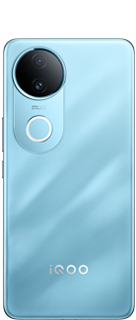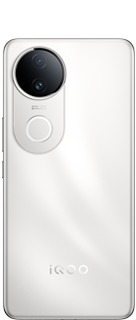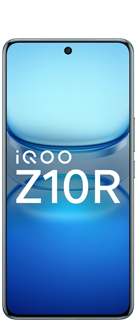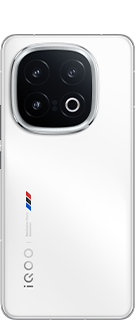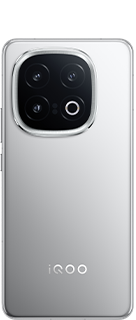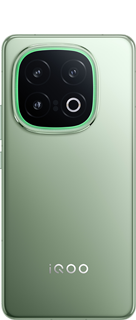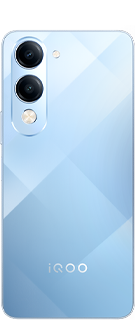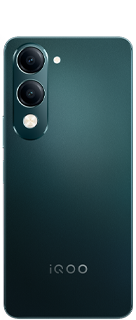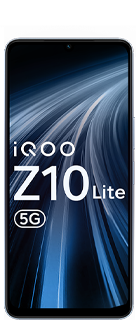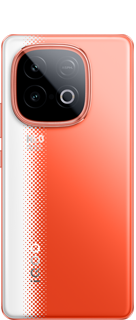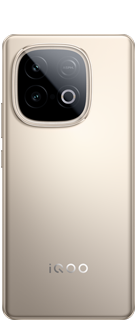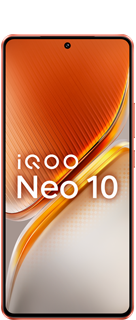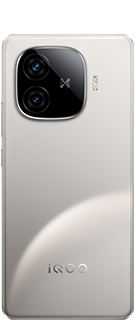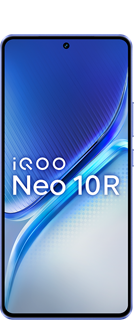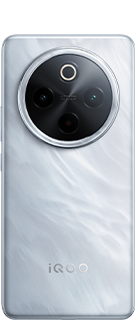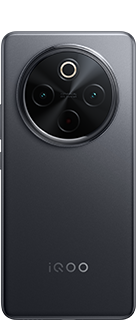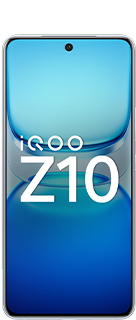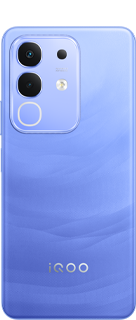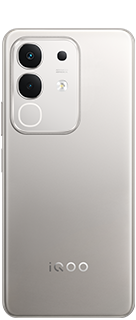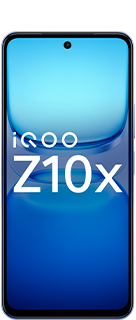#3/15 Tech Terms Explained | 10-bit Display vs 8-bit Display #TTS
Welcome to Day 3 of the #TechTermsSimplified series. Today, let’s talk colors—because when it comes to your smartphone display, more bits = more beauty. 🌈📱
🎨 What is a "bit" in Displays?
A “bit” in display technology refers to how many color shades a screen can show per channel (Red, Green, Blue).
- 8-bit Display = 256 shades per color
- 10-bit Display = 1024 shades per color
Combined, this means:
Bit DepthTotal Colors
8-bit~16.7 million colors
10-bit~1.07 billion colors 🎨🔥
Yes — 1 BILLION colors!

📸 Why Does 10-bit Matter?
✅ Smoother Color Gradients
✅ More Realistic HDR Videos
✅ No Banding or Color Steps
✅ Better for Editing, Watching Movies, and Gaming
With 10-bit, sunsets look warmer, shadows look deeper, and skin tones feel more natural.

🆚 8-bit vs 10-bit – Quick Comparison
Feature8-bit10-bit
Color Depth16.7 million1.07 billion
Color BandingOften visibleRare
HDR SupportLimitedExcellent
Found InBudget & mid-range phonesFlagships & AMOLED panels
📺 Where Will You See the Difference?
- Watching HDR10+ / Dolby Vision content
- Viewing high-quality photos
- Playing visually rich AAA mobile games
- Using the phone outdoors (better contrast)
Example: iQOO smartphones with AMOLED panels like the iQOO 11 support 10-bit displays, giving you vibrant, immersive visuals.
🧠 Quick Analogy:
8-bit display is like a crayon set, while 10-bit is like a professional artist's palette — more shades, smoother transitions, better art. 🖌️
So next time you see "10-bit Display" in specs, know that you're looking at a display made for visual excellence.
Stay tuned for Day 4, where we break down: Refresh Rate vs Touch Sampling Rate – they sound similar but do very different things! ⚡📲
Please sign in
Login and share
